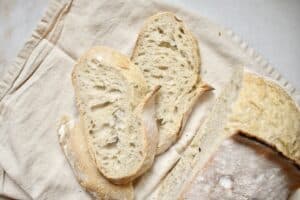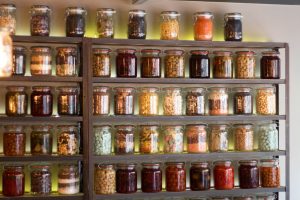Recently, I shared a printable on Life…Your Way to help my readers keep track of the “dirty dozen” and “clean fifteen” when purchasing produce. These lists, updated each year by the Environmental Working Group, reflect the dirty produce that is so tainted with pesticides that you should only purchase the organic varieties and the “clean” ones that you can feel okay about buying conventionally. Of course, there’s still a whole bunch of fruits and veggies that’s not included on either list, but it’s a start, right?
Because I can never remember which is which while I’m at the store (especially since the recommendations change often!), I created a printable you can carry with you, which you can download by clicking here.
But before you do that, you may want to take a minute to set up this awesome system that Laura shared in the comments:
I’m a “Plan To Eat” user and under the popular items list and then
under the produce section, I added each of the dirty and clean produce
and put a * next to each “dirty” item to let me know to try to buy those
organic.
I love this idea! When you add the items to your shopping list from your popular items list, the asterisk will move with them so that you’ll see which is which as you’re shopping. Great idea, Laura!
Here is the list to get you started:
The Dirty Dozen
1. celery
2. peaches
3. strawberries
4. apples
5. blueberries
6. nectarines
7. bell peppers
8. spinach
9. cherries
10. kale
11. potatoes
12. grapes
The Clean Fifteen
1. onions
2. avocados
3. frozen corn
4. pineapples
5. mangoes
6. frozen peas
7. asparagus
8. kiwi
9. cabbage
10. eggplant
11. cantaloupes
12. watermelons
13. grapefruit
14. sweet potatoes
15. honeydew melon
Do you purchase organic produce?






